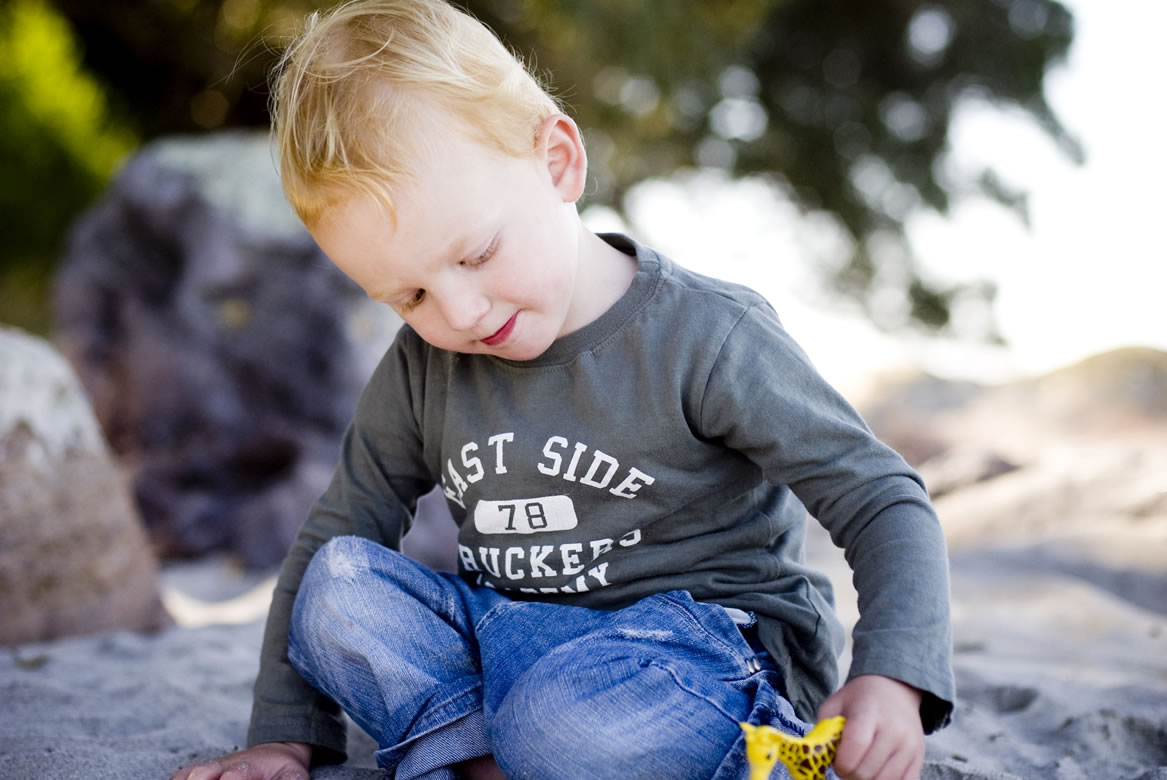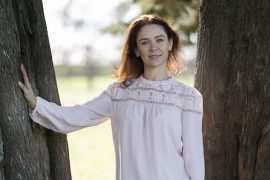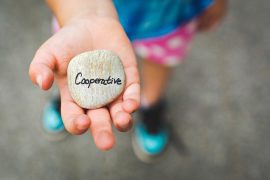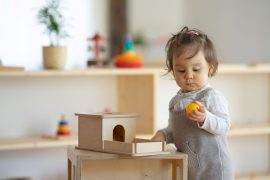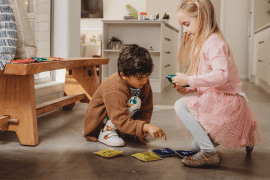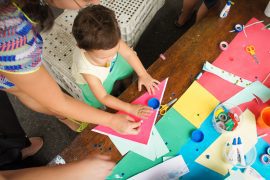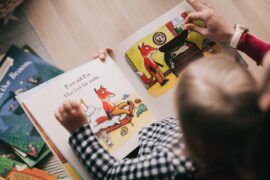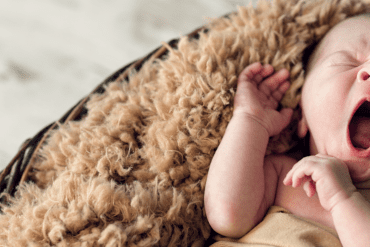By Pennie Brownlee
Your child is a learning-genius. It’s true. Babies are born hard-wired and ready for two things: partnership and learning. In the first years partnership is the more important of the two. A deep, bonded, two-way partnership creates the emotional security from which your child can launch out as a successful explorer and learner on this amazing little planet. It would help your child a lot if you understood the way learning genius unfolds so you can support the process. A good place to start would be your child’s brain. The human brain is a hierarchy of ‘structures’, rather like floors in a building. Each level is dependent on the development of the structure ‘below’ to excel. Meet the needs of the earliest structures properly and the rest is plain sailing.
Brain nurture
The growing human brain has three major requirements for seamless development and unfolding, each requires your support to ensure favourable conditions. The first requirement is nurturing. Of course that means feeding your child, but physical nurturing alone is not enough. It is emotional nurturing, or unconditional love, that gives your child the head start the brain (and the heart) is counting on. The second is audio-visual communication. This doesn’t mean you park your child in front of a home entertainment system. Quite the opposite. This means you interact with your baby or child, taking care to establish eye contact every time you speak with him, and every time he speaks with you. Unconditional love and warm two-way interactions create exactly the right conditions for the successful ‘launching’ of your learner-explorer.
Child’s play
The third requirement that grows your child’s brain as designed is play. Every child who is well fed and feels safe plays, yet for some weird reason play has gained a lightweight reputation. Play is undervalued, and even derided by almost everyone in society except children. Children are smart enough to know better. You can hear the discounting of play in our language: “He’s only playing around.” “They just play at Playcentre so we are shifting her to kindergarten to get her ready for school.” “That’s child’s play.” “Stop wasting your time playing.” Some schools insist that playtime is renamed ‘recess’ or ‘interval’. This doesn’t inspire confidence in their understanding of children or learning.
Players by design
All baby mammals play. Human children are baby mammals, with an ‘old mammalian brain’ structure tucked in there under their ‘great human thinking creative brain’. Baby mammals have play coded into their being as the major way of building a ‘body of knowledge’. Playing equips baby mammals with the skills that prepare them for life. The design is faultless. The fault for adult humans lies with our reflexive conscious thinking over-riding our instinctive intelligence. We have lost touch with our innate design-codings around the primacy of play as learning.
A playlist
Most of us have seen baby mammals playing, either in the ‘premier seat’ of real life, or in the cheap seats of television or film. Those of us familiar with the play of lambs, kittens and puppies will recognise the patterns of play choreographed into the mammalian brain. Animal babies play with found objects – sometimes inanimate, sometimes other creatures. They move them about, bat them with noses or paws, sniff and chew on them, and generally explore to satisfy their curiosity. Animals babies roll around on the ground, tumble and roll over each other, then shake themselves off. They excel in running, stopping short, changing direction, and running some more. They play with gravity executing spontaneous leaps in the air, changing direction mid-air. They race, spin, and play chasey, taking it in turns to be the one who is chasing and the one who is chased. Baby animals even play tug of war, with kelp if they are sea lions or seals, with bones or sticks if they are wolves or foxes, and with whatever they can find if they are puppies or kittens. Incredibly, different species, recognising each other’s play movements and play signals, play together for the fun of it.
The human animal
Scanning this list it isn’t hard to see that play is building a ‘body of knowledge’. Each activity enables the young animals to learn and practise skills which will increase their odds towards survival rather than death. Their play is all about movement, yet equally as important, this play is social play that develops intricate intimate bonds within the animal’s group. If you scan that list again with a human focus, you will recognise the choreography of play for the first six years of a child’s life. Human babies play their way to physical and mental agility, balance and grace, curiosity and problem solving, the formation of intricate intimate bonds and friendships, trust and cooperation, emotional maturity and mastery. And pleasure. Play researcher Stuart Brown, founder of the National Association for Play, defines authentic play as that “which occurs whenever the playfulness itself gives more pleasure than any goal associated with it.” Further, it “is the means by which adaptability and flexibility are added to the player’s existence. Thus play serves as the grounding core of learning”.

